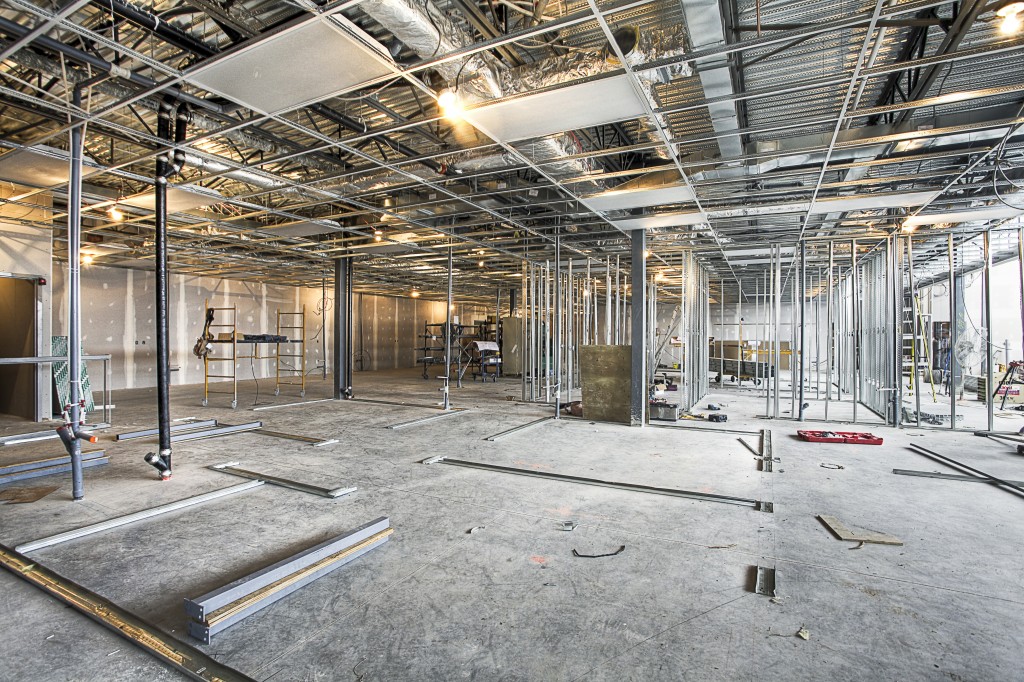You’ve just outgrown your home office and are finally ready to move into your first real headquarters. Now what?
Entrepreneurs would usually rent office spaces, but buying can be a wise decision, too. After all, renting limits your creative freedom, and if the budget is tight, you’ll likely end up in a dull, outdated-looking space. Whereas, if you buy, you’ll be free to design the area under your terms and have the opportunity to work with experienced and reputable contractors and builders.
But building your startup’s office isn’t exactly an enjoyable endeavor. It’s costly, stressful, and if you haven’t got a clue about what you’re facing, then you could meet problems at every stage of the construction.
Hence, we’ve prepared this simple guide to build the perfect startup headquarters, containing the things you should consider firsthand and the potential issues you’ll encounter along the way.
Crucial Considerations Before Starting the Project
1. Your Business’s Needs
Before screening contractors, ask yourself the following questions:
- Why do you need a physical space? Virtual offices are getting increasingly popular, most especially this year, with a pandemic changing the workplace.
- How will the space benefit you, your employees, and your clients?
- How will the space affect your operations and business practices?
Having definite answers to those questions will enable us to make smarter decisions regarding every aspect of the project.
2. Location
If you regularly receive clients in your office, its location should be easily accessible via private and public transport and have adequate and safe parking spaces. It’s also advantageous if it’s close to residential areas where potential new employees live.
3. Budget
Your budget will influence your options on locations, how to plan the construction, and the equipment and furnishings you’ll place. Be realistic in setting a budget, making allowances for hidden costs and the possibility of remodeling. When you buy an old building, chances are it’s going to need a major revamp before being ready to house your headquarters.
Can you avoid hidden costs? Not likely. Real estate is inherently plagued with hidden fees, usually repairs, and increasing rental rates for those leasing. A smart way to estimate your potential hidden costs is to work with a commercial real estate agent. They’ll give you a heads-up on the properties you’re considering and supply information about the development plans around the area.
4. Growth
Since you’ll be investing a hefty amount for your first office building, why not make it future-proof? Your team may be small now, but it may grow exponentially over a year or two. Hence, consider your goals, and make your space accommodating to your future needs.
5. Your Employees
Aside from the obvious that your home office is no longer efficient for your employees, find out how the new office may affect their work. If you’ve chosen a farther location, their productivity may decrease because of the long commute.
6. The Move
Moving your equipment, supplies, furniture, and other work material will cost money, too. There’s also the new services you have to have installed, such as the internet, a phone line, utilities, HVAC, and more. Work these out first before commencing the project.

Potential Issues
Assuming that you’ll carry on with the construction, here are the setbacks you can expect to encounter:
1. Poor Indoor Air Quality
Even modern homes that look clean and fresh are filled with contaminated air. So if you’re buying an existing building, have the ventilation inspected, and ensure that the ducts aren’t clogged. Invest in an air filtration system once the office is ready for occupation to improve air quality.
2. Faulty Elevators
That is another common issue in existing buildings, mostly for old ones. If you don’t want to risk your builders’ safety while they check the state of the elevators, consider enlisting a 3D scanning company, which uses laser technology in examining potentially dangerous places. They can also help you with the overall design of the building, so see of their services might suit you.
3. Lack of Natural Light
For the longest time, office buildings have relied too much on artificial lighting. But they don’t only consume too much energy; they also affect moods and the aesthetics of the space. Hence, have as many windows as possible, and create a happier and more energy-efficient workplace in turn.
Good Design Beats Office Space Issues
By pondering everything listed above, you can come up with a good design that meets all your needs and reduces your problems, all without overstretching your budget. If you’d go for an open-concept office, a trend nowadays, skilled office designers will ensure that it won’t thwart productivity. Therefore, choose professionals carefully, and every penny you’ll spend will be put to good use.

